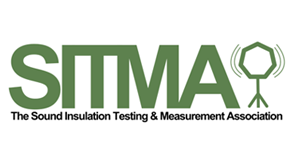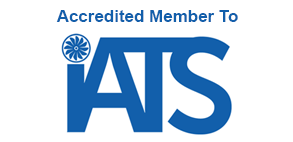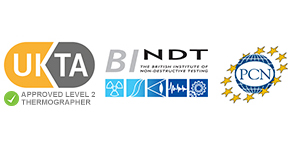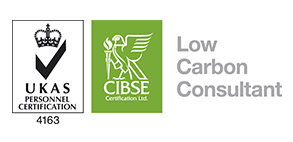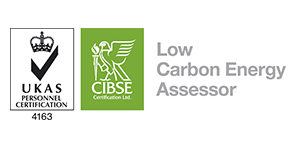Offices Nationwide

Reverberation Time
The ‘reverberation time’ of a space changes the way the space ‘sounds’ and can affect the intelligibility acoustic information. A high reverberation time can make a room sound muffled, loud and noisy. Rooms designed for speech typically have a low reverberation time, whereas a higher reverberation time can add depth, richness and warmth to music.
The reverberation time of a room is defined as the time it takes for sound to decay by 60 dB after an abrupt termination. It is linked to the total quantity of soft treatments and the volume of the room.



Environmental Noise Levels
According to the National Institute for Occupational Safety and Health, the maximum exposure time at 85 dBA is eight hours.
At 110 dBA, the maximum exposure time is one minute and 29 seconds. If you must be exposed to noise, it is recommended that you limit the exposure time and/or wear hearing protection.
A three dBA increase doubles the amount of noise, and halves the recommended amount of exposure time.



Point of Reference
Points of Reference *measured in dBA or decibels:
- 0 The softest sound a person can hear with normal hearing
- 10 normal breathing
- 20 whispering at 5 feet
- 30 soft whisper
- 50 rainfall
- 60 normal conversation
- 110 shouting in ear
- 120 thunder



Air Testing
As part of thermographic surveys we can also use an air Pressure testing kit to depressurise the building and help detect any air leakage within the property


Copyright 2025 E2 Specialist Consultants Limited
Company No. 06728970


























